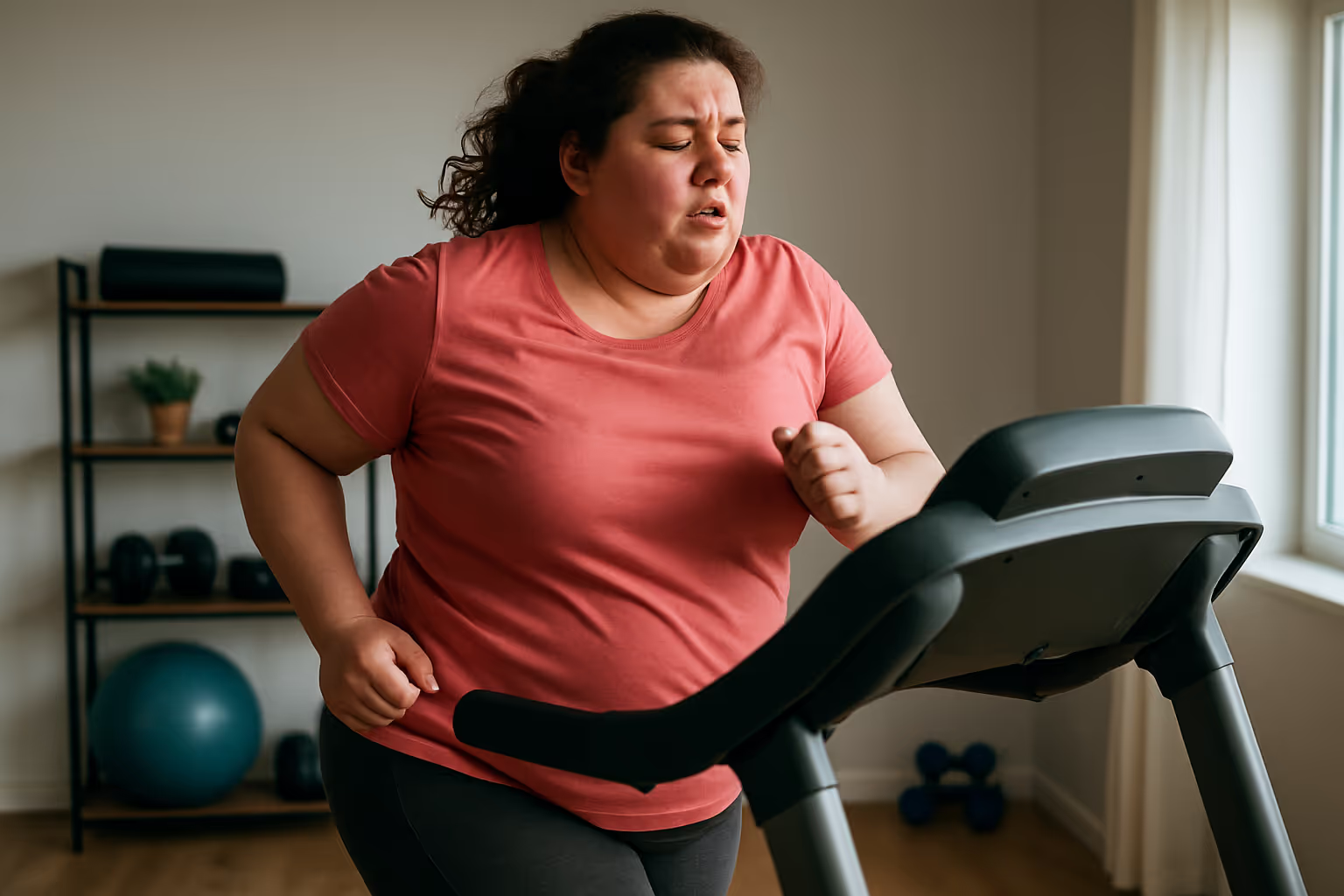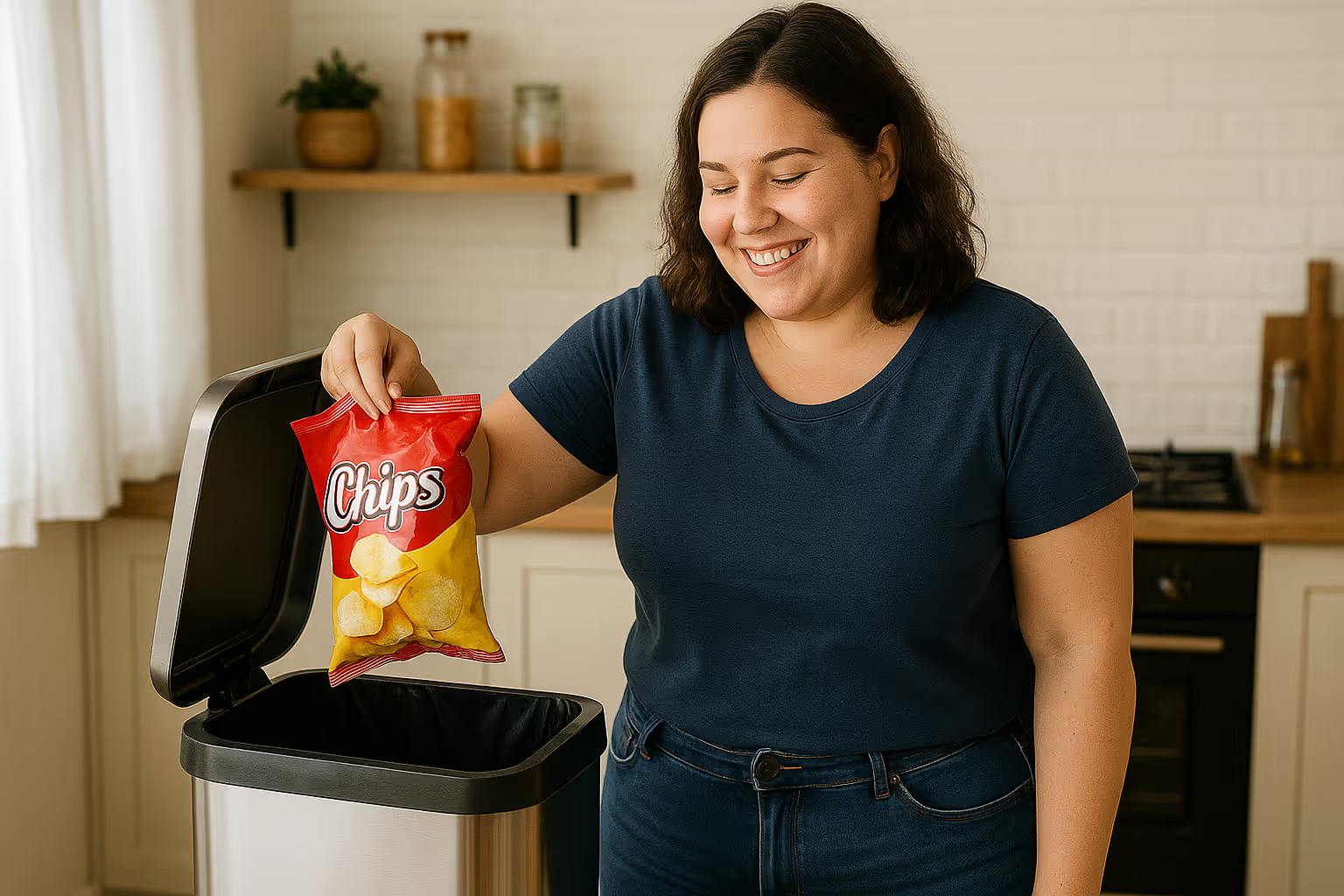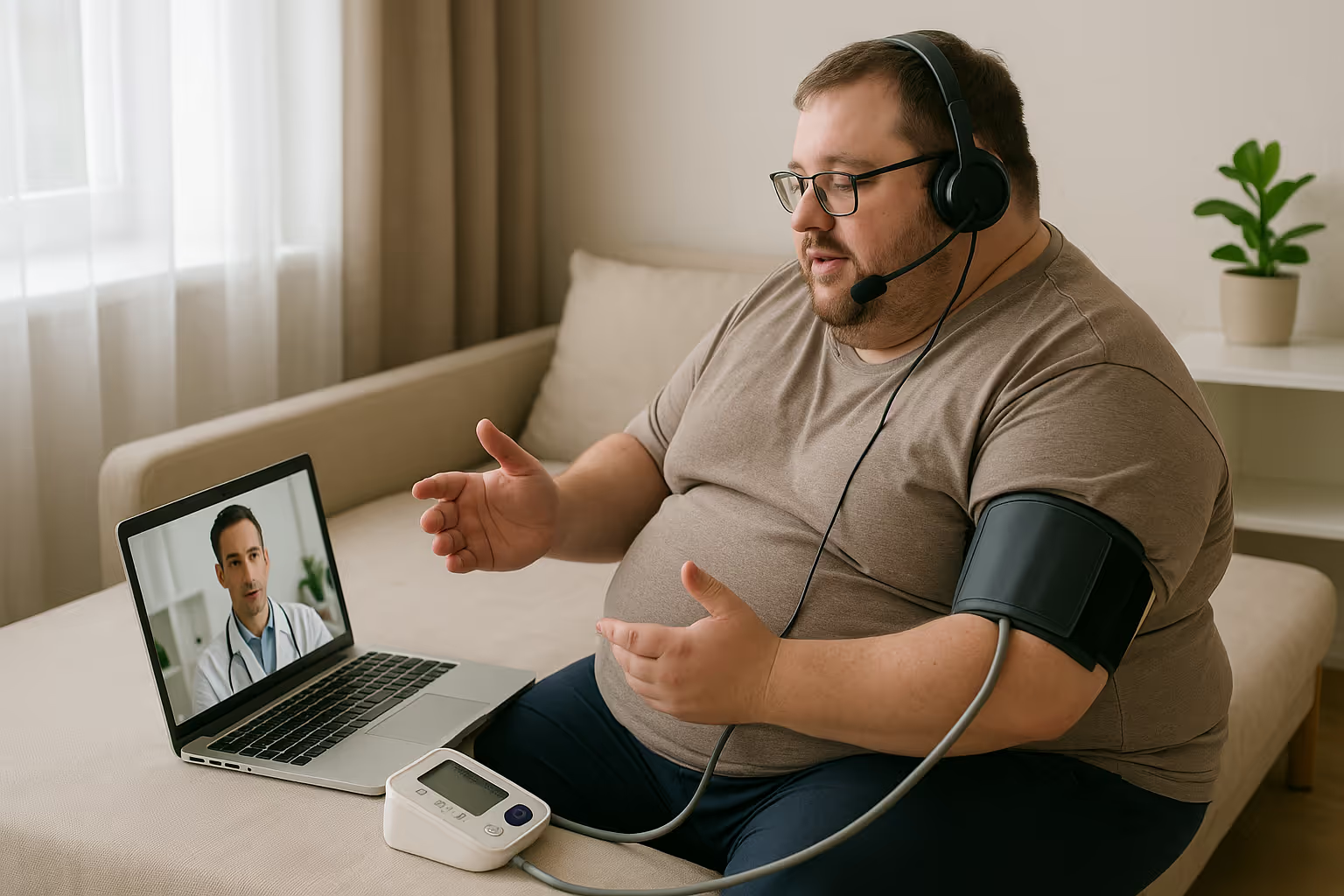Weight Gain & Insulin Resistance — Treat the Root Cause Online
Estimated wait time: 5 minutes or less

What Is Insulin Resistance?
Insulin resistance happens when your muscle, fat, and liver cells stop responding to the hormone insulin, forcing your pancreas to produce more just to keep blood sugar stable. Chronically high insulin levels tell the body to store energy as fat—especially around the abdomen—making weight loss nearly impossible without medical intervention.

How We Diagnose Insulin Resistance Online
Needle‑free note: If you already have qualifying labs from the past six months, we waive the draw.
Lab Review or E-Order
Upload recent labs or let us order a fasting insulin, glucose, A1C, and full CMP via Quest Diagnostics.
HOMA-IR Calculation
Lifestyle & Medication Audit
SSRIs, steroids, or antipsychotics can worsen insulin resistance; we adjust plans accordingly.
Treatment Options
Insulin Resistance Programs: Check if you qualify
Sublingual Semaglutide
Mechanism
- GLP-1 agonist
- Lowers glucagon
- Slows gastric emptying
Ideal for BMI ≥ 30 or ≥ 27 + comorbidity
How HLTHi delivers
Daily dissolvable tablet shipped
Oral Semaglutide (Rybelsus®)
Mechanism
- GLP-1 agonist
- Lowers glucagon
- Slows gastric emptying
- In pill form
Ideal for BMI ≥ 30 or ≥ 27 + comorbidity, and Needle‑averse patients
How HLTHi delivers
Local pharmacy pickup
Metformin
Mechanism
- Improves hepatic insulin sensitivity
Ideal for Pre‑diabetes, and PCOS
How HLTHi delivers
Local pharmacy pickup
Phentermine / Topiramate
Mechanism
- Appetite suppression & craving control
Ideal for short-term plateaus
How HLTHi delivers
Added for 12‑week cycles if HR & BP allow

Effective online treatment for Insulin-Resistance
HLTHi connects you with licensed providers who prescribe FDA‑approved or 503A‑compounded medications and deliver ongoing coaching—entirely online.
Pick up your prescription at your local pharmacy or have it shipped discreetly to your door.
Once Daily
Dissolves under the tongue; mimics GLP‑1 hormone to reduce appetite and slow gastric emptying
Once daily
Tablet absorbed in the stomach; same active ingredient as Wegovy® injections.
Weekly
DualGIP/GLP‑1 agonist for enhanced glucose control and weight loss.
Once Daily
Appetite suppressant + craving control.
Once or twice daily
Improves insulin sensitivity, especially in PCOS or pre‑diabetes
How Online Medical Weight Loss Treatment Works
From your first click to ongoing follow‑ups, the entire process is handled through our HIPAA‑secure platform. No waiting rooms, no unnecessary appointments just evidence‑based care delivered to your schedule.
Step 1.

Step 2.
Step 3.
Need new labs? We e‑order a panel through Quest Diagnostics; average turnaround is 24‑48 hours.
Step 4.
Step 5.
Common questions you may have about insulin resistance
Can insulin resistance be reversed?
Yes—weight loss of 5‑10 % often restores insulin sensitivity. GLP‑1s lower fasting insulin, while metformin reduces hepatic glucose release, giving your pancreas a rest. Speak with a HLTHi provider today to discuss reversing your insulin resistance.
Do I need an in-person exam?
How does sublingual semaglutide work for weight loss?
Sublingual semaglutide is a GLP‑1 receptor agonist formulated to dissolve under the tongue, bypassing the GI tract’s first‑pass metabolism that can diminish tablet potency.
Once absorbed, it mimics the natural hormone GLP‑1 released after you eat, triggering three weight‑friendly actions:
(1) slower gastric emptying—you feel full longer;
(2) reduced hunger signals in the hypothalamus;
(3) improved insulin sensitivity, which curbs fat storage.
Clinical data on injectable semaglutide shows average losses of 15 % of body weight at 68 weeks; early pilot studies on sublingual forms suggest similar pharmacokinetics when properly compounded, though large phase‑3 trials are ongoing. Most patients notice appetite reduction in week 1‑2, with measurable weight loss by week 4‑6 when paired with a modest calorie deficit.
Common side‑effects (nausea, mild reflux) usually fade in two weeks and can be minimized by starting at a low micro‑dose and titrating every 4 weeks under provider supervision. Because sublingual semaglutide is compounded, it’s not yet FDA‑approved; we work only with 503A/503B‑certified pharmacies to ensure sterility and potency.
.svg)

